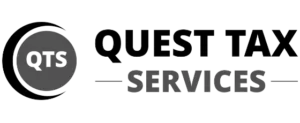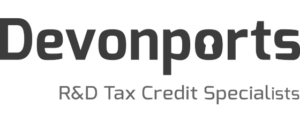A Guide to Eligibility in Software (Part 2 of 2)
Description
In Part 1 of this course, we reviewed HMRC’s guidance for software claimants and other related theory. But theory is only so useful to us when out in the field talking to real clients about their work.
Part 2 of the course is designed to give you some insight into the various scenarios that can crop up when dealing with software product companies, companies that commission software, and software development agencies.
Each has their own characteristics and quirks, and knowing what these are and how to deal with them can be hugely beneficial for your team when dealing with software claims.
Course Outcomes
After taking this course, you’ll be equipped to recognise the 11 common scenarios that arise with software claims. This will help you to manage clients’ expectations and to work out whether a claim ‘belongs’ to the company commissioning the work, or to the specialist subcontractor charged with building the system.
Outline
- Unit 1: Context
- Unit 2: Different Types of Software Companies
- Unit 3: The Software Product Company (5 scenarios)
- Unit 4: Companies Commissioning Software (3 scenarios)
- Unit 5: Software Development Agency (3 scenarios)
- Unit 6: Red Flags and Conclusion
Course overview
Ready to take the course?
Key topics from the course
14: Companies Commissioning Software - Scenario 1
Want to watch one of the course videos for free?
The course has modules on 3 different types of company, with several scenarios about each. This video is from Unit 4, about Companies Commissioning Software, and outlines one of 3 scenarios.
It’s one of the most common scenarios that advisors come across – where the company has commissioned a third party to develop the software for them, and that 3rd party has used established systems and practises to create a commercially new product.
Trusted by our Community

























